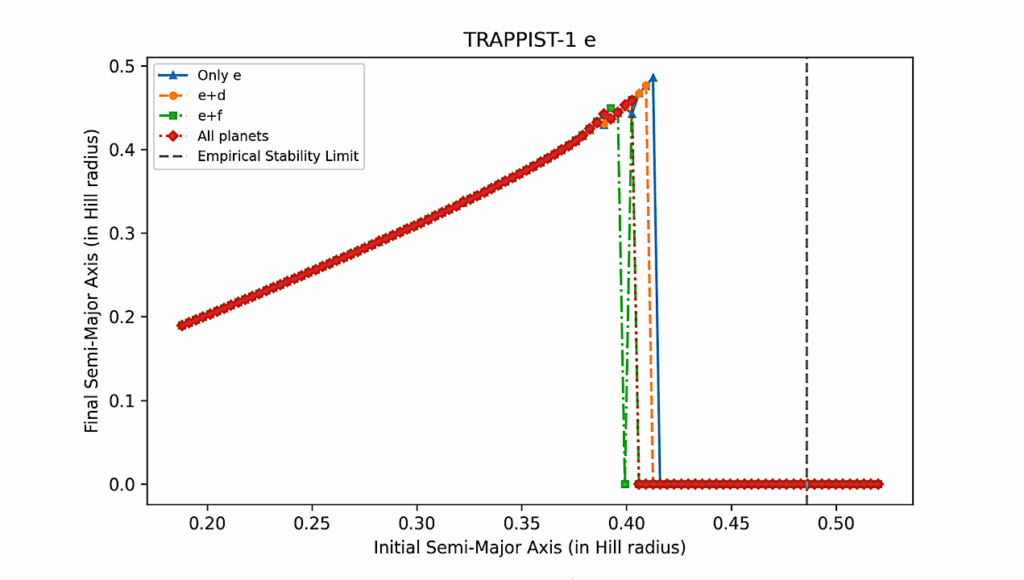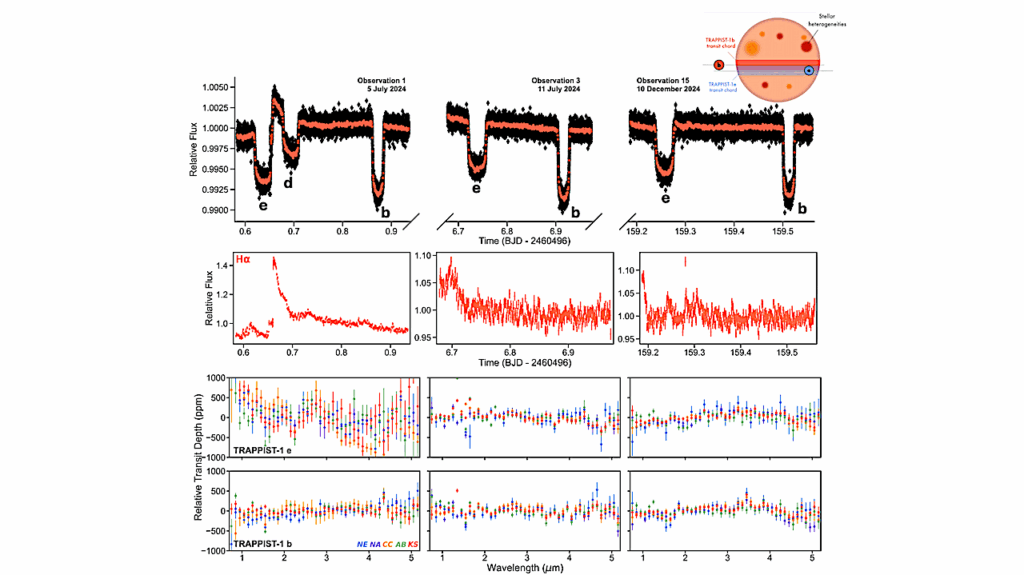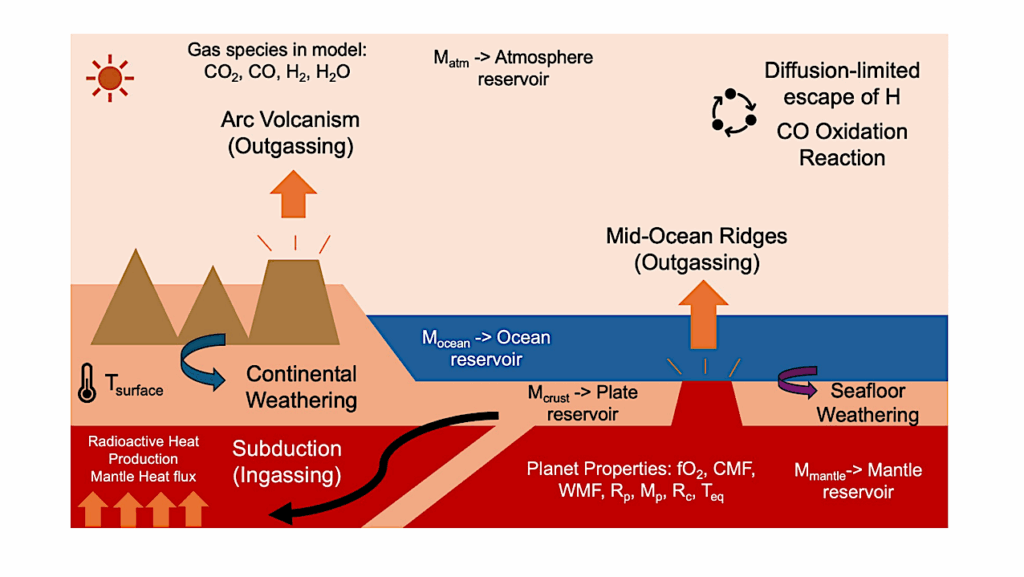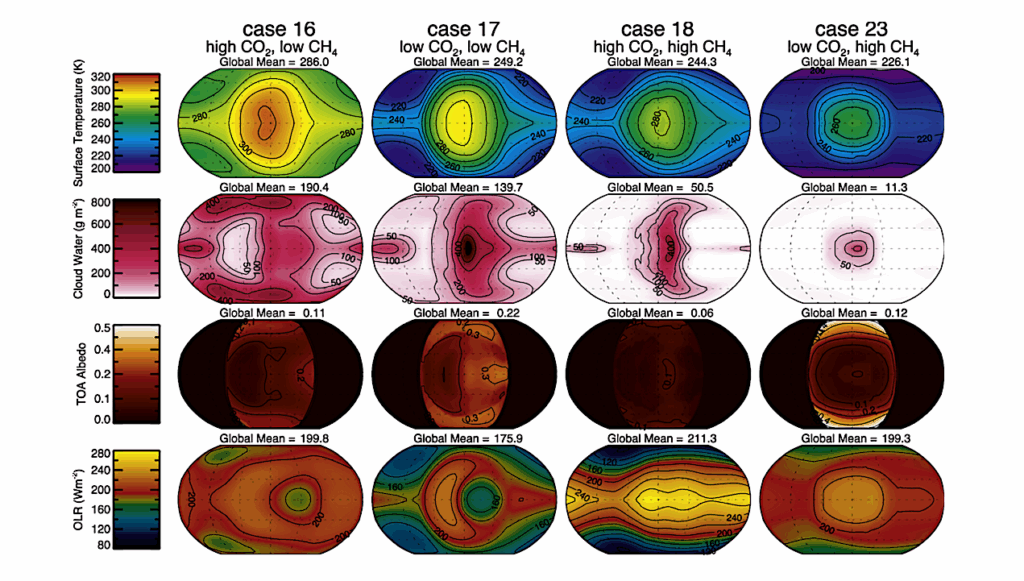The TRAPPIST-1 Habitable Atmosphere Intercomparison (THAI). Part III: Simulated Observables — The Return Of The Spectrum

The TRAPPIST-1 Habitable Atmosphere Intercomparison (THAI) is a community project that aims to quantify how dfferences in general circulation models (GCMs) could impact the climate prediction for TRAPPIST-1e and, subsequently its atmospheric characterization in transit.
Four GCMs have participated in THAI so far: ExoCAM, LMD-Generic, ROCKE-3D and the UM. This paper, focused on the simulated observations, is the third part of a trilogy, following the analysis of two land planet scenarios (part I) and two aquaplanet scenarios (part II). Here, we show a robust agreement between the simulated spectra and the number of transits estimated to detect the land planet atmospheres. For the aquaplanet ones, using atmospheric data from any of the four GCMs would require at least 17 transits. This prediction corresponds to UM simulated data which produces the lowest and thinnest clouds.
Between 35-40% more clouds are predicted by ExoCAM or LMD-G due to higher thick terminator clouds. For the first time this work provides “GCM uncertainty error bars” of 35-40% that need to be considered in future analyses of transmission spectra. We also analyzed the inter-transit variability induced by weather patterns and changes of terminator cloudiness between transits. Its magnitude differs significantly between the GCMs but its impact on the transmission spectra is within the measurement uncertainties. THAI has demonstrated the importance of model intercomparison for exoplanets and also paved the way for a larger project to develop an intercomparison meta-framework, namely the Climates Using Interactive Suites of Intercomparisons Nested for Exoplanet Studies (CUISINES).
Thomas J. Fauchez, Geronimo L. Villanueva, Denis E. Sergeev, Martin Turbet, Ian A. Boutle, Kostas Tsigaridis, Michael J. Way, Eric T. Wolf, Shawn D. Domagal-Goldman, Francois Forget, Jacob Haqq-Misra, Ravi K. Kopparapu, James Manners, Nathan J. Mayne
Comments: Submitted to the Planetary Science Journal as Part III of a series of 3 THAI papers
Subjects: Earth and Planetary Astrophysics (astro-ph.EP); Atmospheric and Oceanic Physics (physics.ao-ph)
Cite as: arXiv:2109.11460 [astro-ph.EP] (or arXiv:2109.11460v1 [astro-ph.EP] for this version)
Submission history
From: Thomas Fauchez
[v1] Thu, 23 Sep 2021 16:04:38 UTC (11,408 KB)
https://arxiv.org/abs/2109.11460
Astrobiology








